
How to Use SBT5333 Step Down: Examples, Pinouts, and Specs
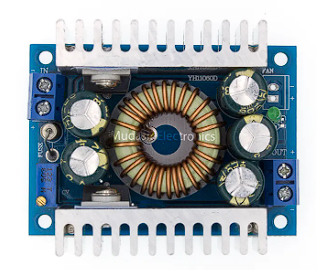
 Design with SBT5333 Step Down in Cirkit Designer
Design with SBT5333 Step Down in Cirkit DesignerIntroduction
The SBT5333 Step Down Converter, manufactured by Step Down, is a high-efficiency DC-DC buck converter designed to reduce voltage from a higher level to a lower level. This component is ideal for applications requiring stable and efficient voltage regulation, such as powering microcontrollers, sensors, and other electronic devices from a higher voltage source.
Explore Projects Built with SBT5333 Step Down
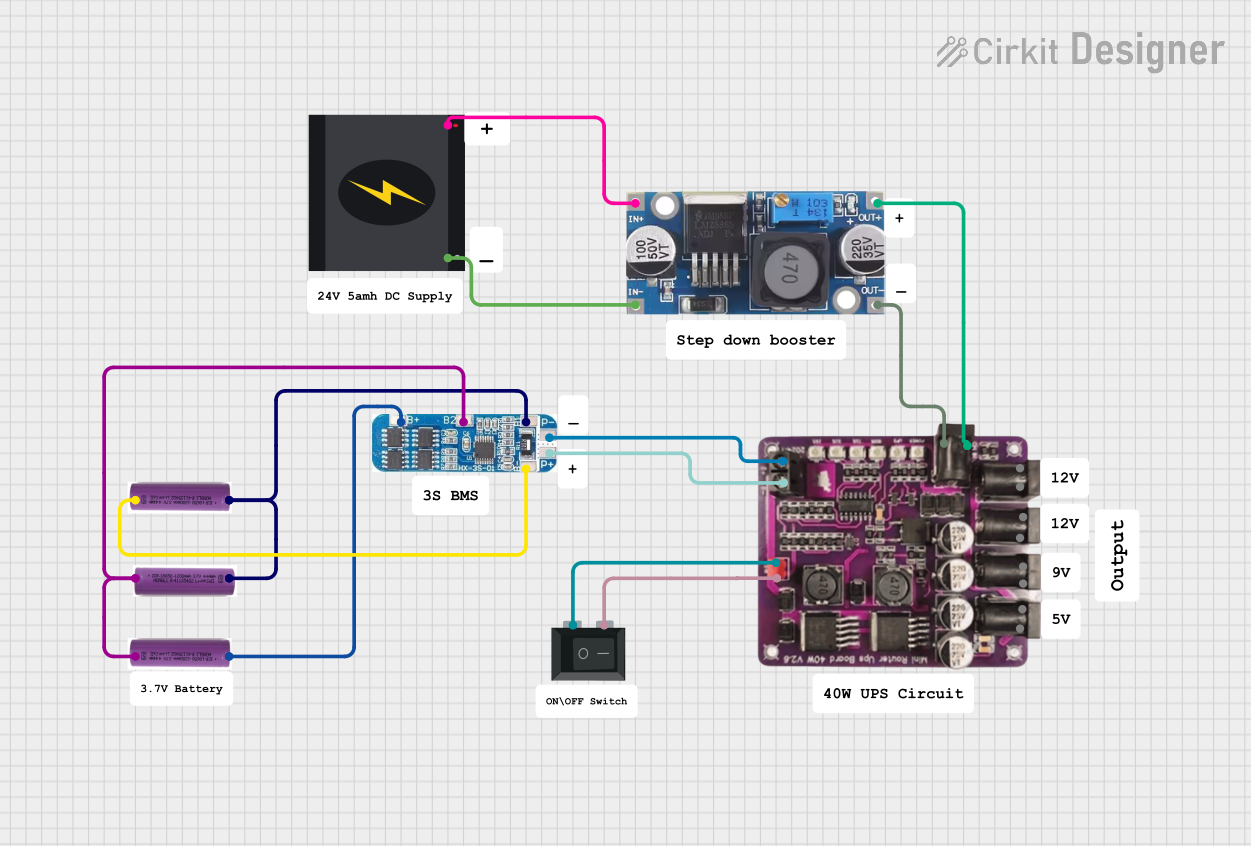
 Open Project in Cirkit Designer
Open Project in Cirkit Designer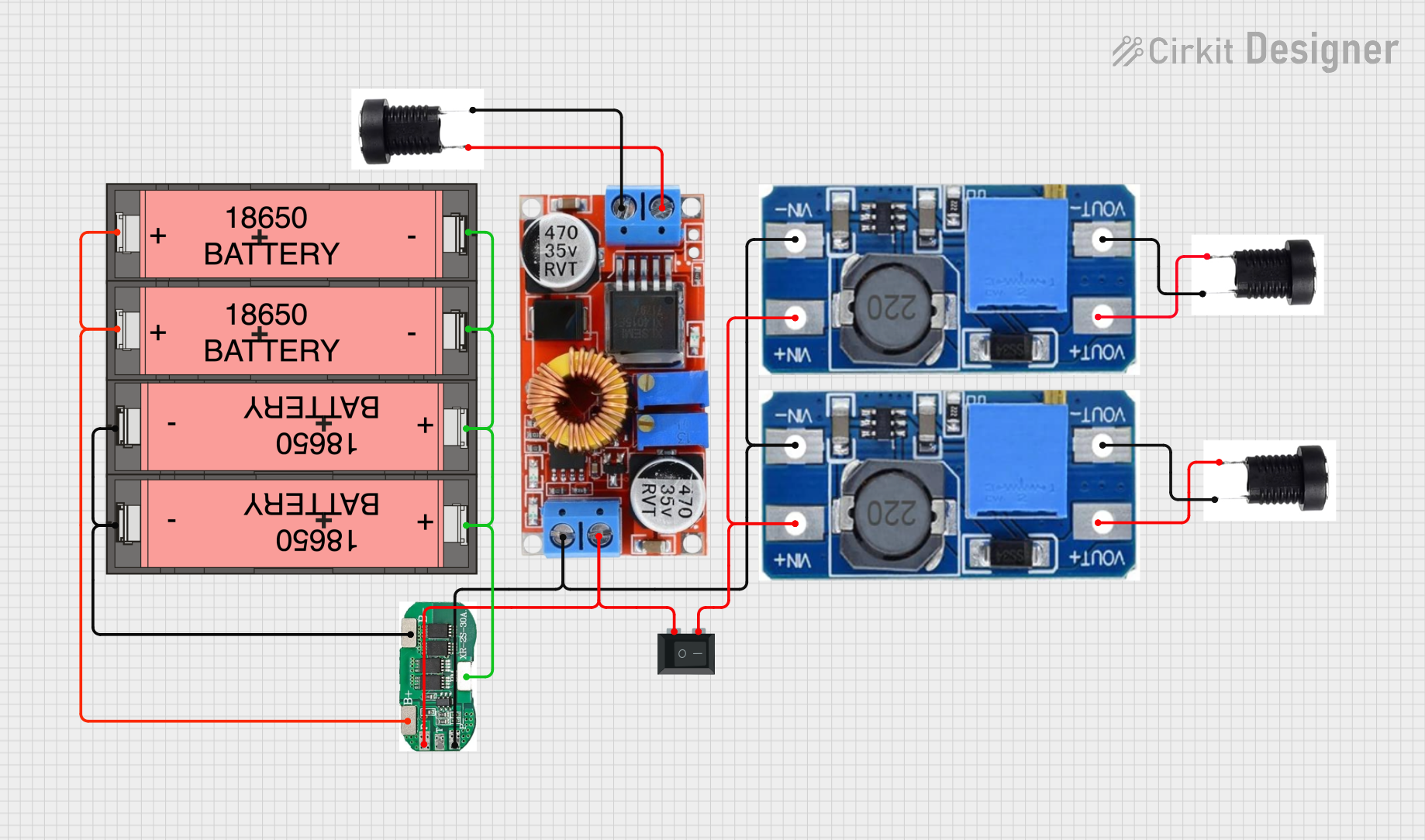
 Open Project in Cirkit Designer
Open Project in Cirkit Designer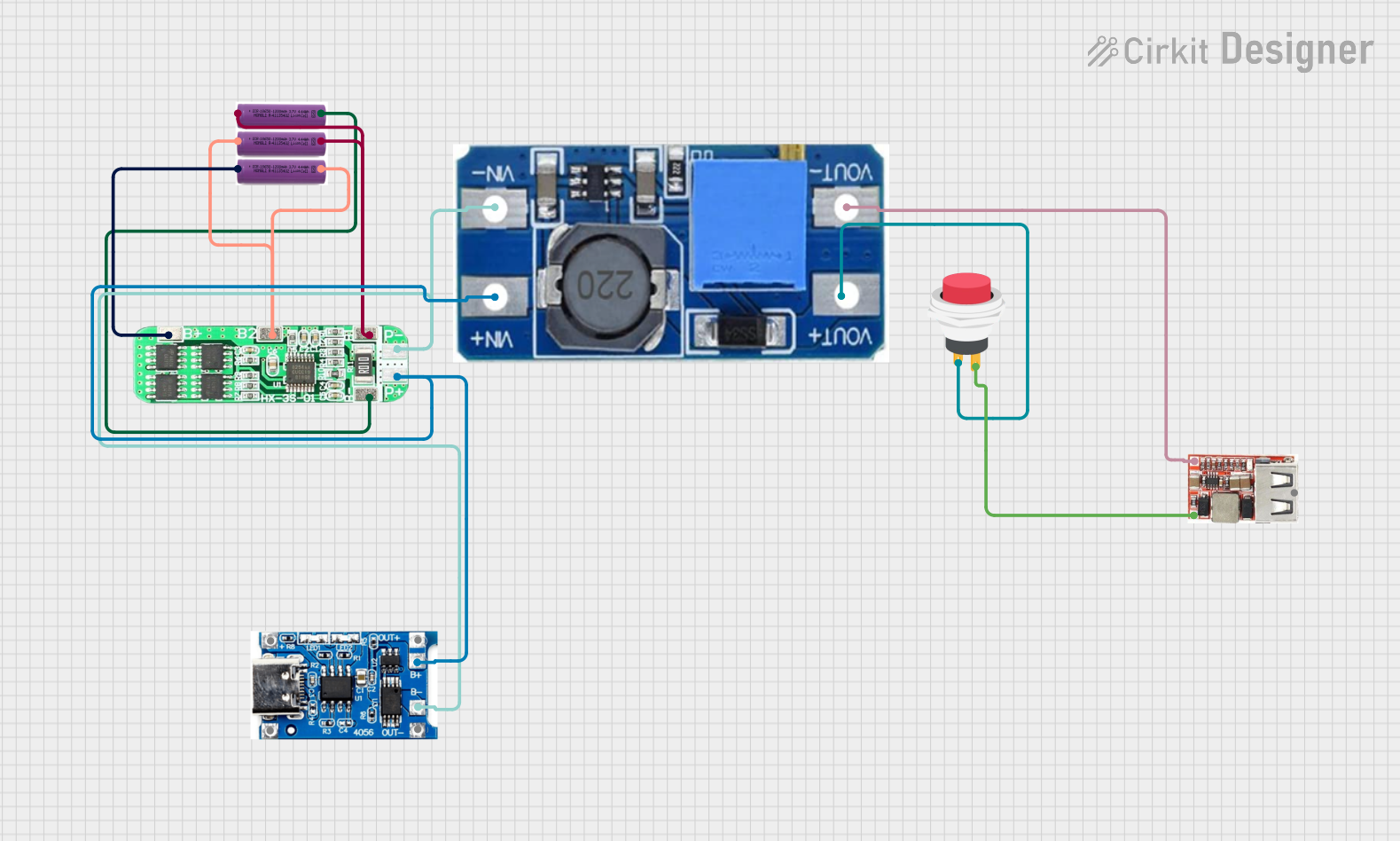
 Open Project in Cirkit Designer
Open Project in Cirkit Designer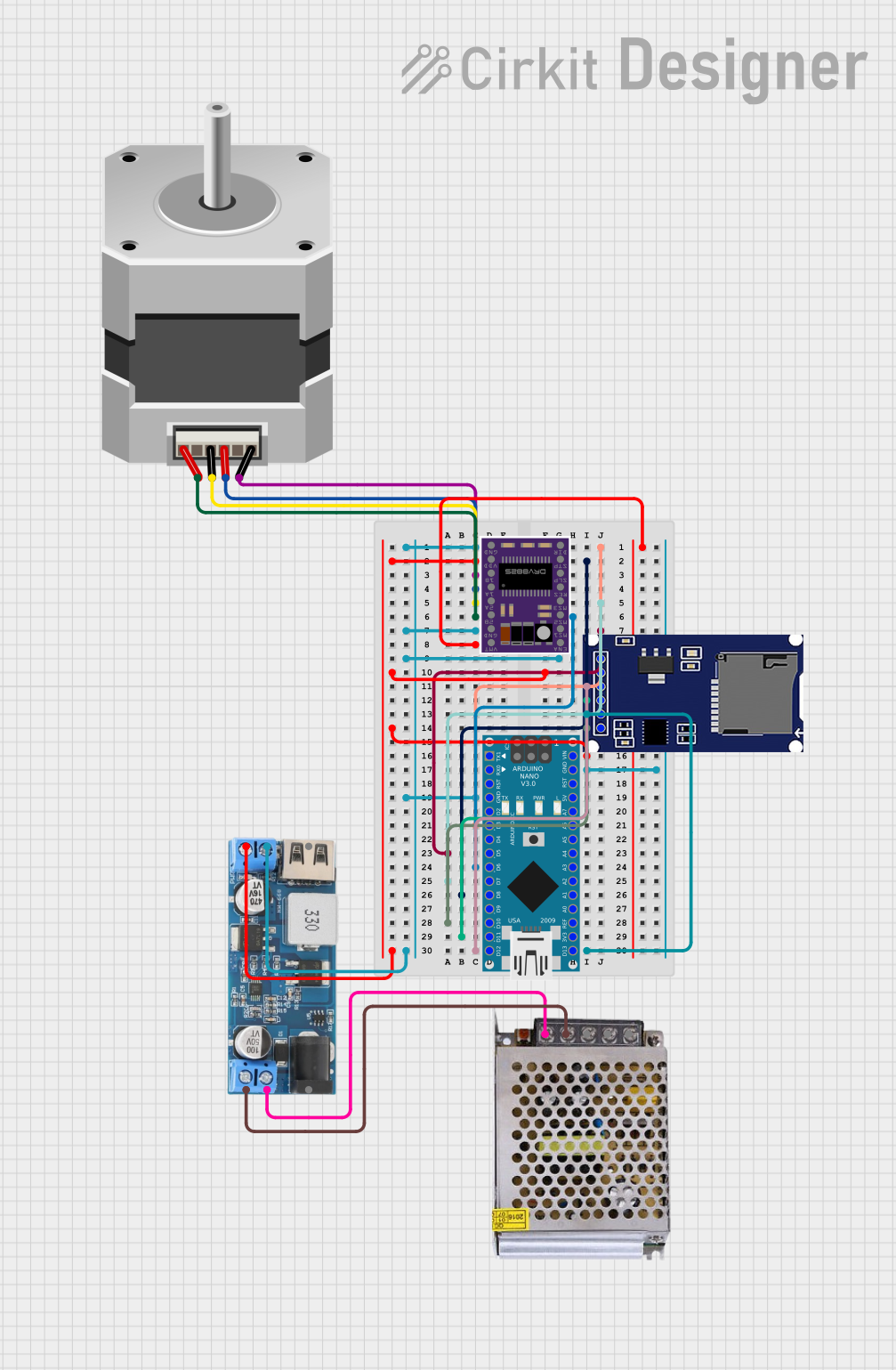
 Open Project in Cirkit Designer
Open Project in Cirkit DesignerExplore Projects Built with SBT5333 Step Down

 Open Project in Cirkit Designer
Open Project in Cirkit Designer
 Open Project in Cirkit Designer
Open Project in Cirkit Designer
 Open Project in Cirkit Designer
Open Project in Cirkit Designer
 Open Project in Cirkit Designer
Open Project in Cirkit DesignerCommon Applications and Use Cases
- Powering microcontrollers (e.g., Arduino, Raspberry Pi)
- Battery-powered projects
- Robotics and automation systems
- LED lighting systems
- Portable electronic devices
Technical Specifications
Key Technical Details
| Parameter | Value |
|---|---|
| Manufacturer | Step Down |
| Part ID | DC-DC 200W 12A DC 5-40V |
| Input Voltage Range | 5V to 40V |
| Output Voltage Range | 1.2V to 35V |
| Maximum Output Current | 12A |
| Maximum Output Power | 200W |
| Efficiency | Up to 95% |
| Switching Frequency | 150kHz |
| Operating Temperature | -40°C to +85°C |
Pin Configuration and Descriptions
| Pin Number | Pin Name | Description |
|---|---|---|
| 1 | VIN | Input Voltage (5V to 40V) |
| 2 | GND | Ground |
| 3 | VOUT | Output Voltage (1.2V to 35V) |
| 4 | ADJ | Output Voltage Adjustment |
Usage Instructions
How to Use the Component in a Circuit
- Connect the Input Voltage (VIN): Connect the positive terminal of your power source (5V to 40V) to the VIN pin of the SBT5333.
- Connect the Ground (GND): Connect the ground terminal of your power source to the GND pin of the SBT5333.
- Connect the Output Voltage (VOUT): Connect the VOUT pin to the load that requires the regulated voltage.
- Adjust the Output Voltage (ADJ): Use a potentiometer or a fixed resistor to adjust the output voltage to the desired level.
Important Considerations and Best Practices
- Heat Dissipation: Ensure proper heat dissipation by using a heatsink or adequate ventilation, especially when operating at high currents.
- Input Voltage: Always ensure that the input voltage is within the specified range (5V to 40V) to avoid damaging the converter.
- Output Voltage Adjustment: Use precise resistors or a high-quality potentiometer for accurate voltage adjustment.
- Capacitors: Use appropriate input and output capacitors to stabilize the voltage and reduce noise.
Example Circuit with Arduino UNO
/*
Example code to demonstrate the use of SBT5333 Step Down Converter
with an Arduino UNO. This code reads the output voltage and displays
it on the serial monitor.
*/
const int voltagePin = A0; // Analog pin to read the output voltage
void setup() {
Serial.begin(9600); // Initialize serial communication at 9600 baud rate
}
void loop() {
int sensorValue = analogRead(voltagePin); // Read the analog input
float voltage = sensorValue * (5.0 / 1023.0); // Convert the analog reading to voltage
Serial.print("Output Voltage: ");
Serial.print(voltage);
Serial.println(" V");
delay(1000); // Wait for 1 second before the next reading
}
Troubleshooting and FAQs
Common Issues Users Might Face
No Output Voltage:
- Solution: Check the input voltage and ensure it is within the specified range. Verify all connections and ensure the ground is properly connected.
Overheating:
- Solution: Ensure proper heat dissipation by using a heatsink or providing adequate ventilation. Reduce the load current if necessary.
Unstable Output Voltage:
- Solution: Use appropriate input and output capacitors to stabilize the voltage. Check for loose connections and ensure the adjustment resistor/potentiometer is functioning correctly.
FAQs
What is the maximum input voltage for the SBT5333?
- The maximum input voltage is 40V.
Can I use the SBT5333 to power my Arduino UNO?
- Yes, you can use the SBT5333 to step down a higher voltage to 5V to power your Arduino UNO.
How do I adjust the output voltage?
- Use a potentiometer or a fixed resistor connected to the ADJ pin to adjust the output voltage to the desired level.
What is the efficiency of the SBT5333?
- The efficiency of the SBT5333 can be up to 95%, depending on the input and output voltage and the load current.
By following this documentation, users can effectively utilize the SBT5333 Step Down Converter in their electronic projects, ensuring efficient and stable voltage regulation.